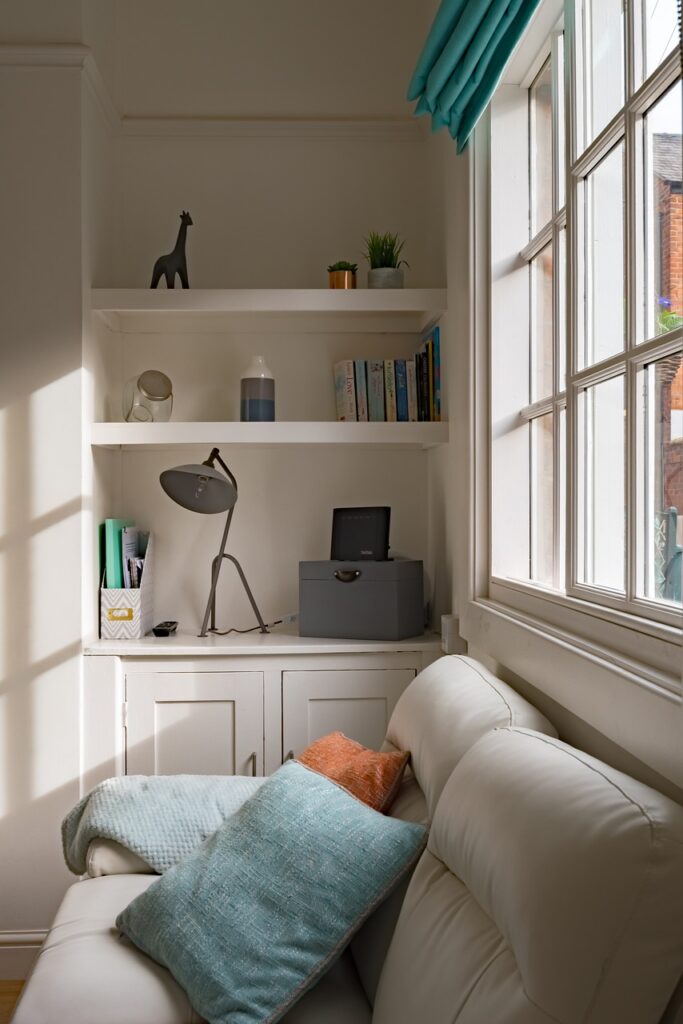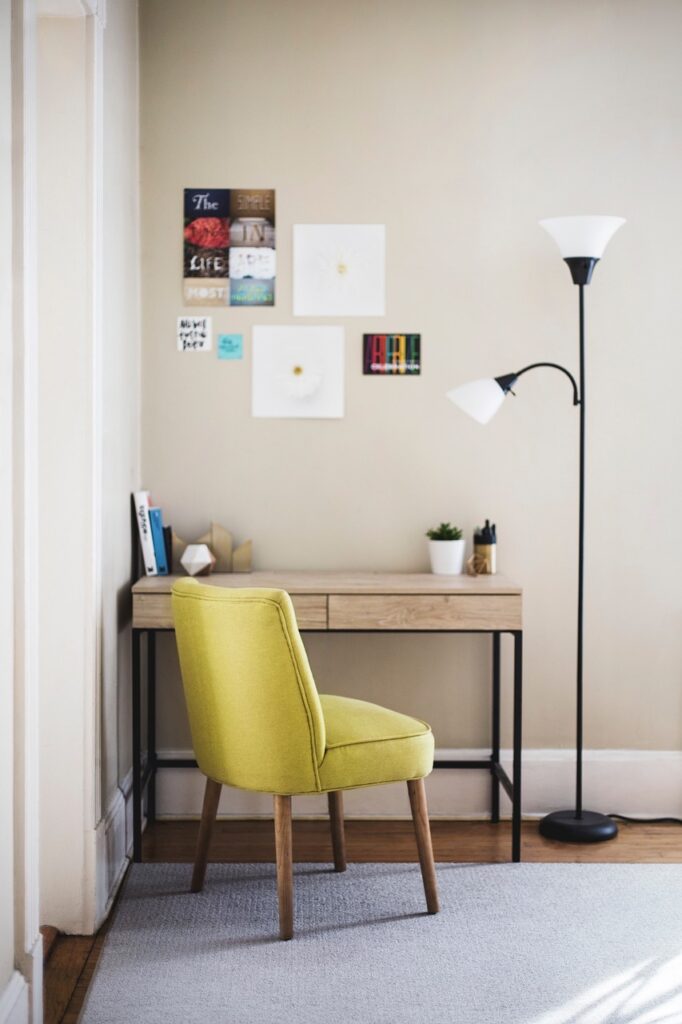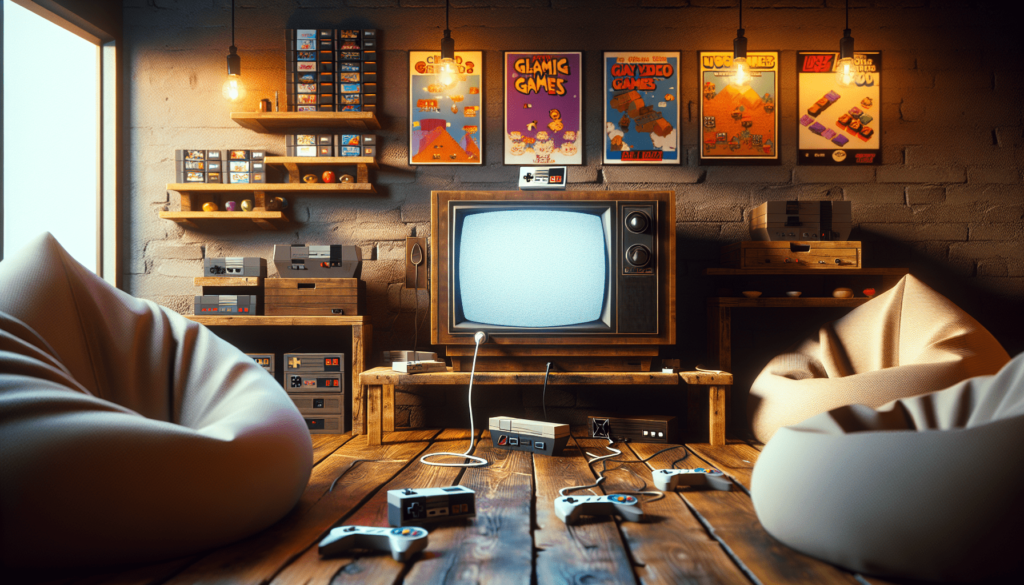How Do You Set Up A Retro Gaming Room?
Creating the ultimate retro gaming room is like stepping into a nostalgic time machine, where pixelated adventures and classic soundtracks come to life. You’ll discover tips on selecting the perfect space, choosing vintage consoles and games, organizing accessories, and even adding those unique, retro-themed decorations that will make your room pop. This guide is your key to transforming any room into a haven of timeless fun and countless gaming memories. Have you ever dreamed of stepping back into the golden age of gaming? Do nostalgic memories of pixelated adventures and 8-bit soundtracks make you smile? If so, you might be considering setting up a retro gaming room. Creating a space that transports you to gaming’s heyday can be a delightful project, blending old-school charm with modern comforts.

Why Set Up a Retro Gaming Room?
Before diving into the how, let’s explore the why. A retro gaming room is a sanctuary for those who love video games from past decades. It offers an escape into simpler, yet exciting times when gaming was a novel experience for many. Whether you’re a seasoned gamer or a newbie curious about gaming’s roots, these spaces can be thrilling and nostalgic.
Personal Connection to Retro Games
Maybe you grew up in the ’80s or ’90s, and certain games bring back fond memories of childhood. From Mario jumping over barrels to the eerie world of Silent Hill, these games provide a sense of nostalgia and joy. The tactile sensation of original controllers and the unique art styles of yesteryears can deeply resonate with you.
Conservation of Gaming History
Retro gaming rooms also serve as mini-museums, preserving the history and evolution of video games. These rooms can house not only consoles and games but also memorabilia and rare collector’s items that reflect the culture of past decades. They celebrate the ingenuity and creativity of early game developers and offer context for the industry’s development.
Planning Your Space
Creating a retro gaming room involves more than just dusting off old equipment. You need to carefully plan the space to maximize both functionality and enjoyment. Here’s a step-by-step guide to help you get started.
Selecting the Room
First, choose a room in your home that can be dedicated to this purpose. Ideally, it should be a space where you won’t be disturbed, be it a spare bedroom, a finished basement, or even a garage.
Room Requirements
| Requirement | Details |
|---|---|
| Size | Ensure the room is large enough to comfortably house equipment, seating, and any decorations. Physical activity for some games may be needed. |
| Lighting | Opt for dimmable lights or LED strips to mimic the ambiance of arcades. Natural light should be minimized to reduce screen glare. |
| Ventilation | Good airflow is essential, especially if the room will have multiple electronic devices running simultaneously. |
Room Layout
Sketch a layout of the room before moving anything. Plan where gaming consoles, screens, and seating will go. This will help you visualize the end result and ensure a smooth arrangement.

Essential Components
Now that you have a designated space, let’s talk about what you’ll need to fill it. Here are the essential components every retro gaming room should have:
Retro Consoles
You’ll need to start with the backbone of any retro gaming room—retro consoles. Depending on your preferences, you might want:
- NES and SNES: For Nintendo fans, these consoles are essential.
- Sega Genesis and Dreamcast: A must for Sega enthusiasts.
- Sony PlayStation: The original PlayStation can’t be missed.
- Atari 2600: A classic that started it all.
- Neo Geo: Known for detailed graphics and ahead-of-its-time gameplay.
Games Library
What are consoles without games? Curate a collection of classics. Popular titles to consider include:
- Super Mario Bros. (NES)
- The Legend of Zelda: A Link to the Past (SNES)
- Sonic the Hedgehog (Sega Genesis)
- Resident Evil (PlayStation)
- Pac-Man (Atari 2600)
- Metal Slug (Neo Geo)
Display Options
Modern TVs are not always compatible with older consoles. When it comes to display:
- CRT TVs: Offer authenticity and are compatible with most retro consoles.
- Modern TVs: Require converters or adapters, particularly for HDMI or composite inputs.
- Monitors with AV ports: Can be a good alternative, providing the necessary inputs for retro consoles.
Comfort and Ergonomics
You’ll be spending significant time in this room, so comfort is crucial. Here’s how to ensure you have a cozy space to game.
Seating
Choose comfortable seating like bean bags, gaming chairs, or even a retro couch. Ergonomic seating can prevent undue strain and enhance your gaming experience.
Storage Solutions
Organize your space with shelves or cabinets to store games, controllers, and accessories. A well-organized room keeps clutter at bay and makes finding games easier.
| Storage Type | Description |
|---|---|
| Shelves | Ideal for displaying games and memorabilia. |
| Cabinets | Useful for storing consoles, controllers, and other peripherals. |
| Drawers | Great for smaller items like cables, adapters, and cartridge cleaning kits. |
Sound System
Don’t overlook sound. Retro games often have incredible soundtracks, so investing in a quality sound system or surround sound can significantly enhance your gaming experience.

Modern Touches
While the focus is on retro, integrating modern elements can add convenience without compromising authenticity.
Emulator Software
If finding all the original consoles is a challenge, consider using emulator software. You can run many retro games on modern PCs, which offers convenience and expanded game libraries.
Wireless Controllers
To avoid tangled wires, consider using wireless controllers. Many modern companies make retro-style wireless controllers that maintain the feel of the original while offering more freedom.
Streaming and Recording
If you want to share your gaming adventures, set up a streaming and recording station. Capture cards and streaming software like OBS can help you broadcast your gameplay online.
Personal Touches
Your retro gaming room should reflect your personality and preferences. Here are some ideas to add those unique touches.
Posters and Memorabilia
Decorate the room with posters, action figures, and other memorabilia from your favorite games. This not only adds to the nostalgia but also makes the room uniquely yours.
DIY Projects
Consider some DIY projects like building a custom arcade cabinet or refurbishing old consoles. Personal projects can add immense satisfaction and lend a unique touch to your room.
Gaming Themed Furniture
Invest in gaming-themed furniture like Tetris-shaped shelves or Pac-Man rugs. These additions can make the room feel more immersive and fun.

Maintenance and Upkeep
To keep your retro gaming room in top shape, regular maintenance is necessary.
Regular Cleaning
Dust and grime can affect both the functionality and aesthetics of your room. Regularly dust your consoles, screens, and furniture.
Equipment Maintenance
Retro consoles and cartridges require specialized care. Here’s a quick guide:
| Task | Description |
|---|---|
| Cartridge Cleaning | Use isopropyl alcohol and Q-tips to clean cartridge connectors. |
| Console Maintenance | Periodically open and clean the interior using compressed air. |
| Cable Management | Use cable management solutions to prevent wear and tear. |
Software Updates
If you’re using emulators or modern display solutions, keep all software up to date to ensure the best performance.
The Community Aspect
One of the joys of retro gaming is sharing the experience with others.
Game Nights
Host game nights or tournaments with friends and family. Multiplayer games like “Mario Kart” and “Street Fighter” are sure-fire hits.
Online Communities
Join online forums and social media groups dedicated to retro gaming. These communities can offer valuable tips, game recommendations, and even trade opportunities.
Local Meetups
Look out for local retro gaming meetups and events. These can provide opportunities to connect with like-minded individuals and discover new games and gear.
Budget Considerations
Setting up a retro gaming room doesn’t have to break the bank. Here’s how to budget wisely.
Prioritize Essentials
Start with the must-haves: a couple of your favorite consoles and a decent TV or monitor. Gradually expand your collection over time.
Second-Hand Shopping
Thrift stores, garage sales, and online marketplaces like eBay can be treasure troves for retro gaming equipment. Some deals may require patience but will be worth it.
DIY and Upcycling
Get creative with DIY projects and upcycling old furniture or equipment. This can save money and add a unique touch to your space.
Future-Proofing
As you invest time and money into your retro gaming room, consider ways to future-proof it.
Adaptability
Opt for adaptable storage solutions and furniture that can house more consoles and games as your collection grows.
Easy Upgrades
Choose an easily upgradeable sound system and AV setup. Look for modular furniture that can be expanded to accommodate additional equipment.
Stay Updated
Keep yourself updated on new retro gaming tech and trends. Emerging products can enhance your setup, making the space both nostalgic and functional.
Conclusion
Setting up a retro gaming room is a delightful journey through gaming history. From choosing the perfect room and curating a collection of consoles and games to adding personal touches and maintaining your setup, each step is an opportunity to celebrate the rich legacy of video gaming. Whether you’re reliving childhood memories or exploring the origins of modern gaming, your retro gaming room will be a space of joy, nostalgia, and endless entertainment.
So, what’s stopping you? Plan, design, and immerse yourself in a world where pixels and polyphony reign supreme. Your ultimate gaming sanctuary awaits!




